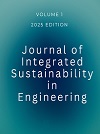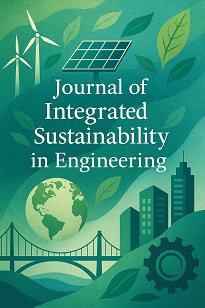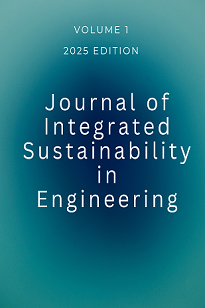A Review of Machine Learning Techniques for Sustainability Prediction in Composite Materials
DOI:
https://doi.org/10.64200/26x5gm35Keywords:
Composite materials, machine learning, sustainability prediction, environmental impact, circularity, life cycle assessment, data-driven modellingAbstract
Composite materials are renowned for their exceptional mechanical properties and customizable functionalities, rendering them essential across a wide array of industries. Nevertheless, their inherent complexity presents challenges in forecasting sustainability indicators, including environmental impact, circularity potential, and economic viability throughout their entire lifecycle. Machine learning (ML) techniques have emerged as potent tools for addressing these multifaceted prediction tasks by employing data-driven modeling approaches. This review offers a comprehensive examination of the current state of ML applications in the sustainability prediction of composite materials. It scrutinizes critical components such as dataset curation, feature engineering, ML algorithm selection, and model validation. Furthermore, this work delves into ML applications for predicting environmental footprints, recyclability, and lifecycle costs. The review also underscores existing challenges, potential research directions, and the prospects for integrating ML with other computational techniques to unveil new sustainability insights. By bridging the domains of composite materials and ML, this work aspires to expedite the transition toward a circular economy while advancing the development of high-performance, eco-friendly composites.

Downloads
Published
Issue
Section
License
Copyright (c) 2025 Amreen Taj, Vishnu Vijay Kumar, Priyam Kashyap, Suraj Tiwari (Author)

This work is licensed under a Creative Commons Attribution 4.0 International License.
This is an Open Access article distributed under the terms of the https://creativecommons.org/licenses/by/4.0/
permitting all use, distribution and reproduction in any medium provided the work is properly cited.


